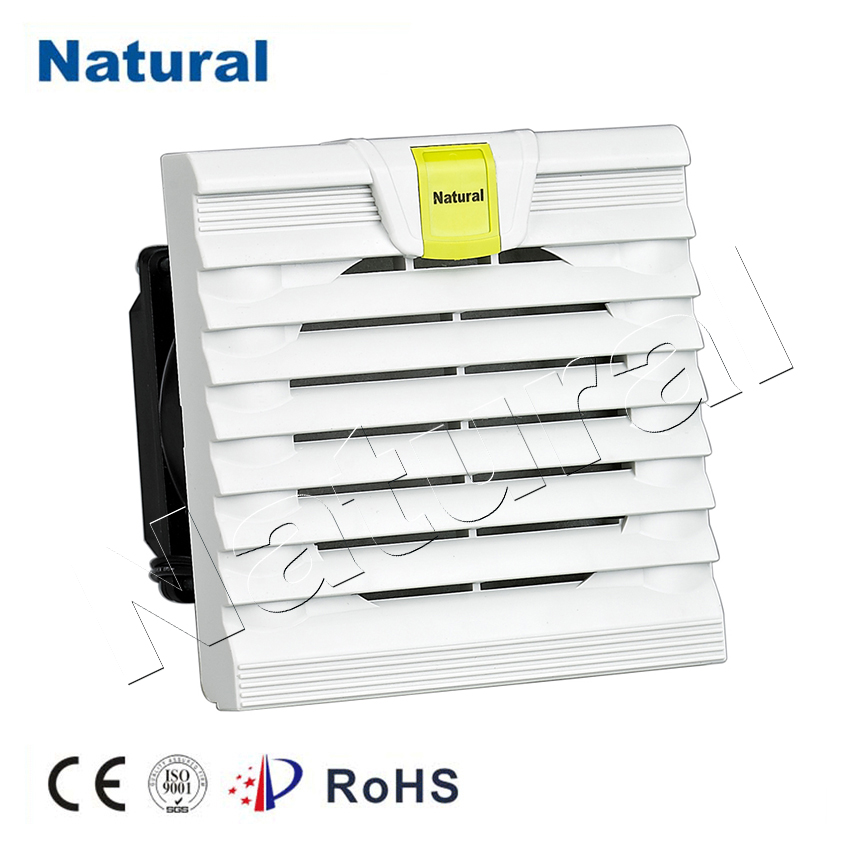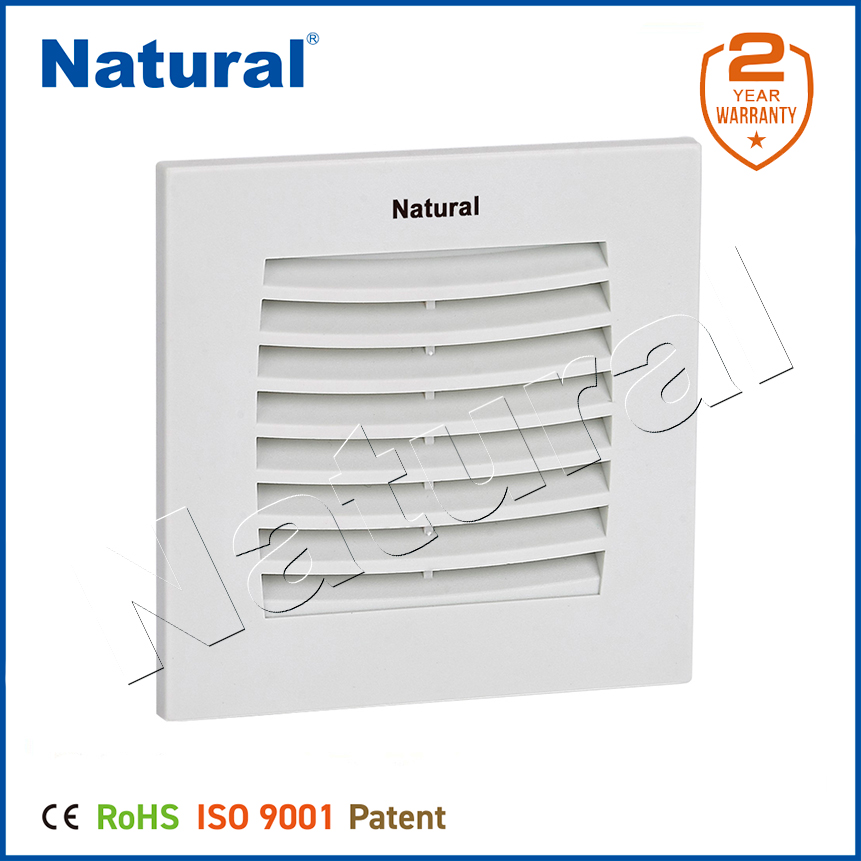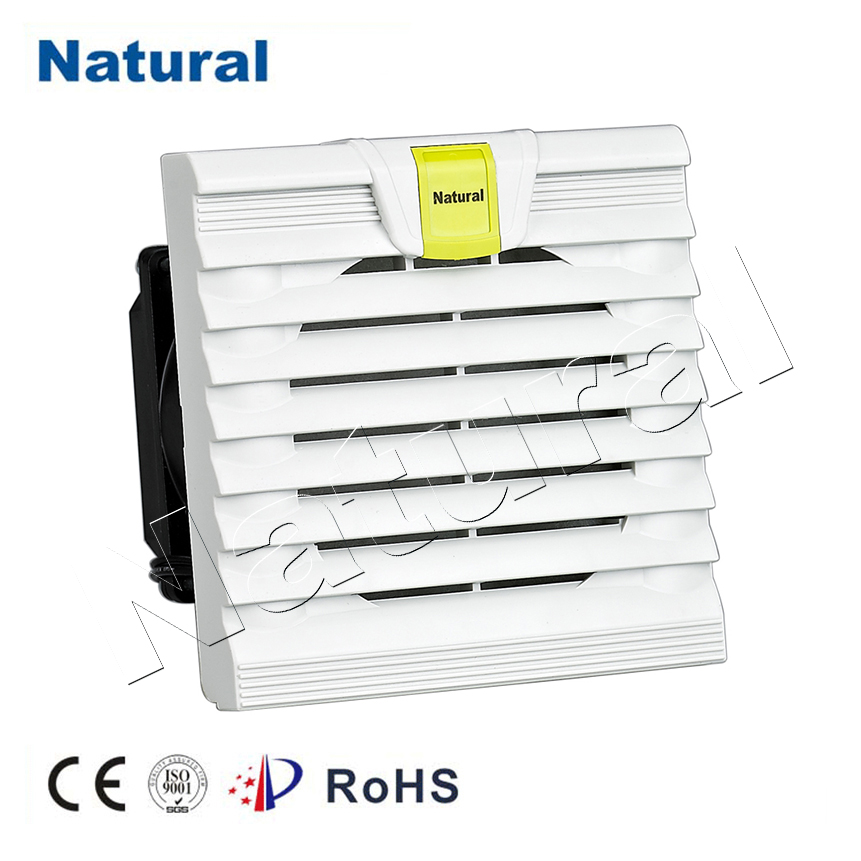In the world of industrial and electronic systems, maintaining an optimal working temperature is crucial for the reliability and performance of equipment. To achieve this, cooling systems like cabinet fans and filter fans are commonly used. Both are designed to manage heat and air circulation within enclosures or cabinets that house sensitive electronics and machinery. Although both devices serve a similar purpose, they have distinct functions, making them suitable for different operational environments. This article explores the key differences, applications, and benefits of cabinet fans and filter fans.

What is a Cabinet Fan?

A cabinet fan, also known as an enclosure fan, is a device installed in an electronic or industrial cabinet to facilitate the circulation of air. These fans work by drawing in ambient air from the surroundings and expelling the hot air inside the enclosure, thereby cooling the internal components. The primary purpose of a cabinet fan is to prevent overheating by ensuring that the components do not exceed their thermal limits. In many cases, these fans are mounted on the cabinet walls or doors, often in conjunction with ventilation openings to maintain an efficient airflow system. Cabinet fans are typically used in environments where temperature control is a primary concern. They are found in various applications, including server racks, control cabinets, telecommunications enclosures, and industrial machinery. In such environments, electronics can generate substantial amounts of heat that, if not dissipated, can lead to malfunction or even permanent damage.
